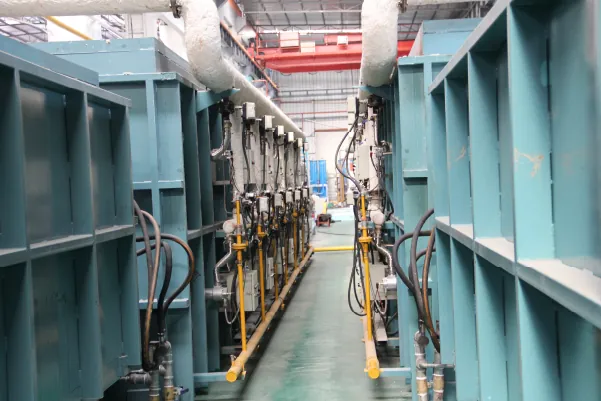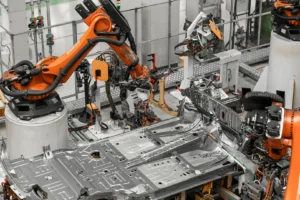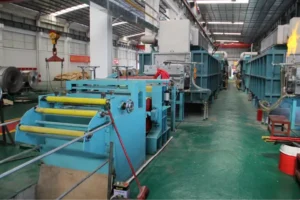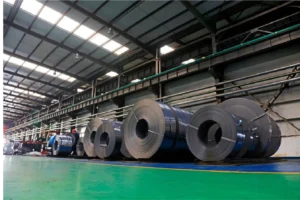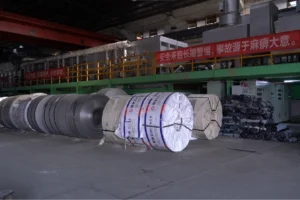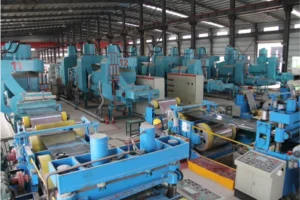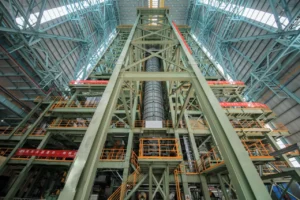Why 201 Stainless Steel is a Cost-Effective Choice for Specific Applications and Industries
Struggling with rising material costs? High-grade steel can strain budgets. MFY offers 201 stainless as a smart, economical alternative without compromising essential performance for specific applications.
201 stainless steel is a cost-effective choice because its low-nickel, high-manganese composition significantly reduces raw material expenses compared to 300-series grades like 304, offering a practical balance of performance and affordability for many industries.
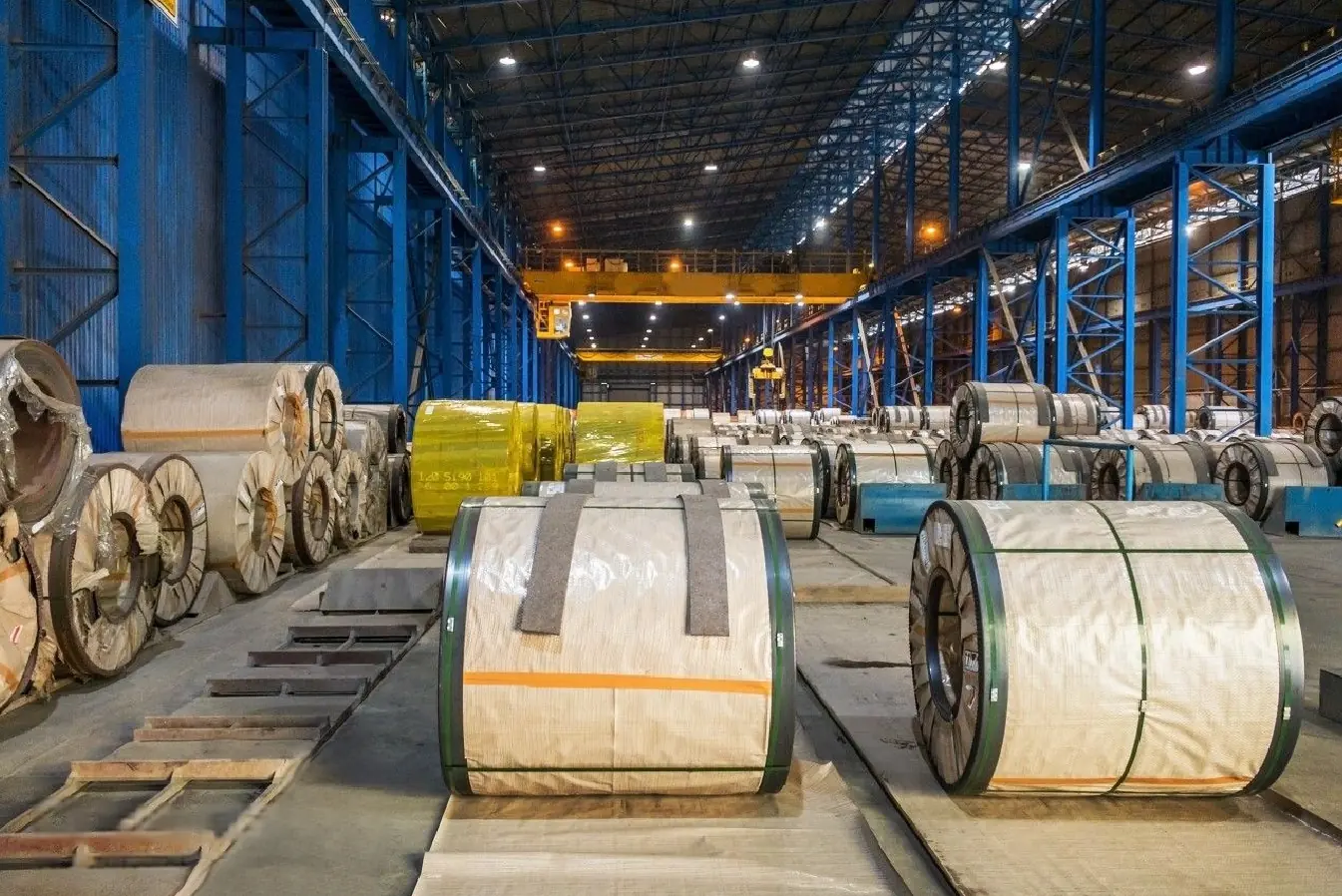
This balance between cost and function is not just a minor detail; it's a strategic advantage. As the Global Business Director at MFY, I've seen countless partners enhance their competitiveness by making intelligent material choices. Let's explore the factors that make 201 stainless steel such a compelling option and how you can leverage it to boost your bottom line.
What factors make 201 stainless steel a cost-effective option for industries?
Material costs are unpredictable and can erode your profits. This uncertainty makes planning difficult. The stable, lower price of 201 grade provides a reliable, budget-friendly solution.
The primary factors are its alloy composition, which uses less expensive manganese instead of costly nickel, and its wide availability from producers like MFY, leading to competitive pricing and stable supply.

The decision to use 201 stainless steel is fundamentally a strategic one, rooted in smart economics. In my experience, especially when dealing with clients in emerging markets where price sensitivity is high, the conversation always circles back to value. The core of 201's cost-effectiveness lies in its intelligent design, which directly addresses the volatility of the global metals market. It's not just about being cheaper; it's about providing predictable and stable pricing in a world where key commodities can fluctuate wildly.
Market Dynamics and Raw Materials
The price of nickel, a key component in 304 stainless steel, is notoriously volatile. This can create significant headaches for procurement managers trying to forecast costs. 201 grade, by substituting much of that nickel with manganese, decouples its price from this volatility. This has fueled a rapid increase in demand, particularly as businesses look for more sustainable and economical materials. I remember a client in India who manufactured commercial kitchen equipment. By switching from 304 to 201 for their indoor products, they reduced their raw material costs by nearly 20%, which allowed them to either lower their prices to capture more market share or increase their profit margins.
Supply Chain Efficiency
Another major factor is the maturity of the 201 supply chain. At MFY, our integrated model—from raw materials to production and global trade—allows us to optimize every step. This efficiency translates into direct cost savings for our clients. We maintain strong production and inventory levels, ensuring that this cost-effective material is also readily available, preventing costly project delays.
| Factor | Grade 201 Stainless Steel | Grade 304 Stainless Steel |
|---|---|---|
| Primary Alloying Element | Manganese (less expensive) | Nickel (more expensive, volatile) |
| Price Stability | More stable and predictable | Subject to nickel market fluctuations |
| Initial Investment | Lower, ideal for budget-sensitive projects | Higher, required for corrosive environments |
| Market Suitability | Strong in emerging markets, consumer goods | Standard for industrial, marine applications |
How does the composition of 201 stainless steel contribute to its affordability?
Balancing performance and budget is a constant challenge. You need durability without overspending. The specific chemical makeup of 201 grade directly solves this by design.
Its affordability stems from substituting a significant portion of expensive nickel with more economical manganese and nitrogen. This clever alloying strategy maintains good formability and strength while dramatically cutting material costs.
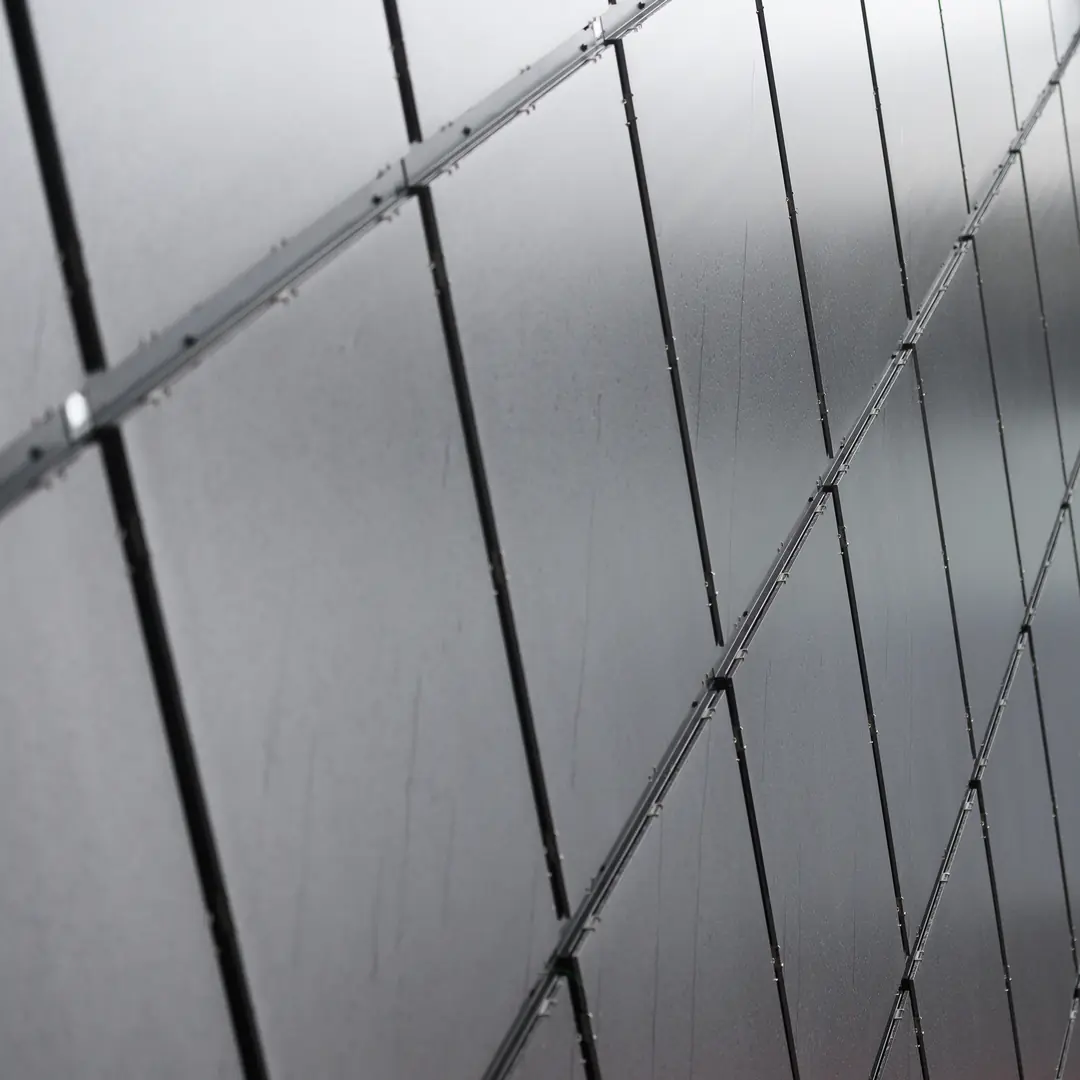
Diving deeper into the metallurgy, the brilliance of 201 stainless steel is in its chemical engineering. It's a prime example of creating value by optimizing an alloy's formula for a specific set of applications. The goal was never to replace 304 across the board, but to create a viable, lower-cost alternative for the vast number of uses that don't require 304's superior corrosion resistance. This is what we call "right-sizing" your material specifications—a practice we champion at MFY to help our partners avoid over-engineering and over-spending.
The Role of Manganese and Nitrogen
Manganese is the star player here. It's an austenite stabilizer[^1], just like nickel, meaning it helps create the crystal structure that gives stainless steel its desirable properties of ductility and toughness. However, manganese is significantly less expensive and more abundant than nickel. By increasing the manganese content, metallurgists were able to reduce the required nickel content dramatically. To further enhance the austenitic structure and improve strength, nitrogen is added to the alloy. This combination results in a material that has good mechanical properties and formability, often comparable to 304, but at a fraction of the raw material cost.
A Practical Comparison
Understanding the numbers makes the value proposition crystal clear. This isn't just a minor tweak; it's a fundamental reformulation designed for economy.
| Element | Typical % in 201 SS | Typical % in 304 SS | Impact on Cost & Performance |
|---|---|---|---|
| Nickel (Ni) | 3.5 - 5.5% | 8.0 - 10.5% | Major cost driver; high % increases corrosion resistance. |
| Manganese (Mn) | 5.5 - 7.5% | < 2.0% | Low-cost nickel substitute; enhances strength. |
| Chromium (Cr) | 16.0 - 18.0% | 18.0 - 20.0% | Key to corrosion resistance; slightly lower in 201. |
| Nitrogen (N) | < 0.25% | < 0.10% | Increases strength and stabilizes the austenitic structure. |
This table shows exactly where the savings come from. For manufacturers of consumer goods or indoor architectural elements, paying for the extra nickel in 304 is often an unnecessary expense.
In which applications does 201 stainless steel offer the best value for money?
Choosing the wrong steel can lead to over-engineering and wasted money. It's frustrating. 201 stainless shines in applications where extreme corrosion resistance isn't the primary requirement.
It offers the best value in indoor or mild-environment applications like kitchenware, decorative trim, restaurant equipment, and light structural components. Here, its appearance, formability, and sufficient corrosion resistance provide excellent performance at a lower cost.
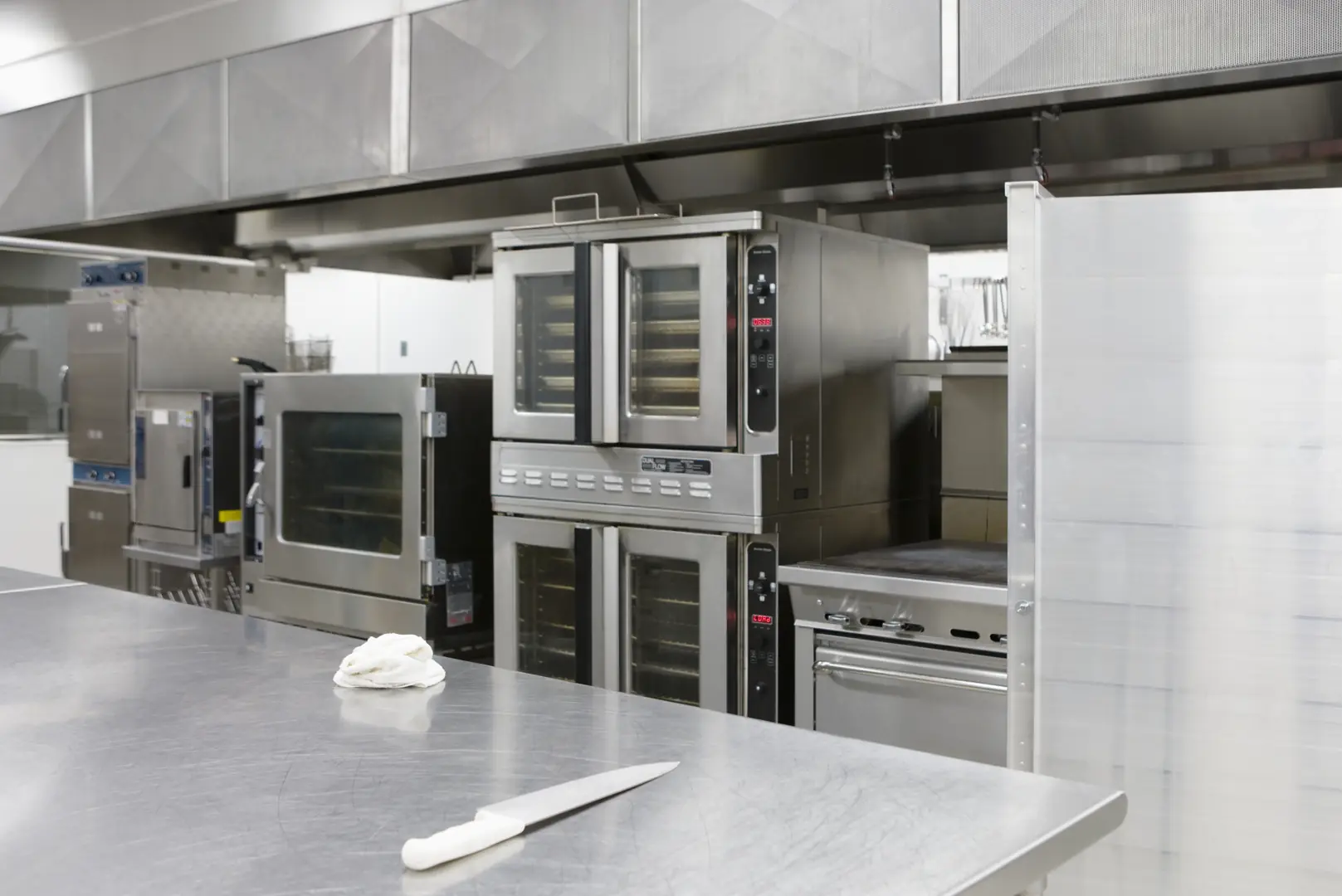
The key to unlocking the value of 201 stainless steel is proper application. It’s about matching the material’s capabilities to the service environment. We always advise our partners to perform a simple cost-benefit analysis: will the environment expose the product to high moisture, salt, or corrosive chemicals? If the answer is no, then 201 is very likely the more profitable choice. I've worked with a major manufacturer of home appliances who switched to 201 for their washing machine drums. The environment is wet, but it's a controlled, fresh-water environment without chlorides. The switch was a huge success, saving them millions annually without a single performance issue.
Consumer & Commercial Goods
This is the sweet spot for 201 stainless steel. Think about the thousands of items that need to look good, be durable, and resist everyday stains, but are not exposed to harsh conditions. This includes kitchen sinks, cutlery, cooking pots, and countertops. In the food service industry, it's widely used for preparation tables, shelving, and equipment housing. The material is hygienic, easy to clean, and strong enough to withstand daily use, all while keeping the final product's price competitive.
Light Industrial & Architectural
In construction and design, 201 is an excellent choice for indoor decorative applications. This includes things like elevator doors, window and door frames, handrails, and interior paneling. It provides the modern, clean look of stainless steel without the premium price tag of 304 or 316. For light structural components that are not load-bearing and are protected from the elements, it also offers a fantastic blend of strength and economy.
| Application Category | Specific Examples | Why 201 is a Good Fit |
|---|---|---|
| Kitchenware & Appliances | Sinks, utensils, pots, appliance panels | Good formability, hygienic surface, sufficient stain resistance. |
| Food Service Equipment | Work tables, shelves, food carts | Durability and ease of cleaning at a lower cost. |
| Indoor Architectural | Handrails, decorative trim, elevator panels | Aesthetically pleasing, strong, not exposed to harsh weather. |
| Automotive | Wheel covers, decorative trim | Good formability for complex shapes, polished finish. |
What are the potential challenges when using 201 stainless steel in various industries?
Misapplying a material can cause premature failure and damage your reputation. It's a risk you can't afford. Understanding the limits of 201 is key to success.
The main challenge is its lower corrosion resistance compared to 304, particularly in chloride-rich or highly acidic environments. It is not suitable for marine applications or heavy chemical exposure, where pitting and crevice corrosion can occur.
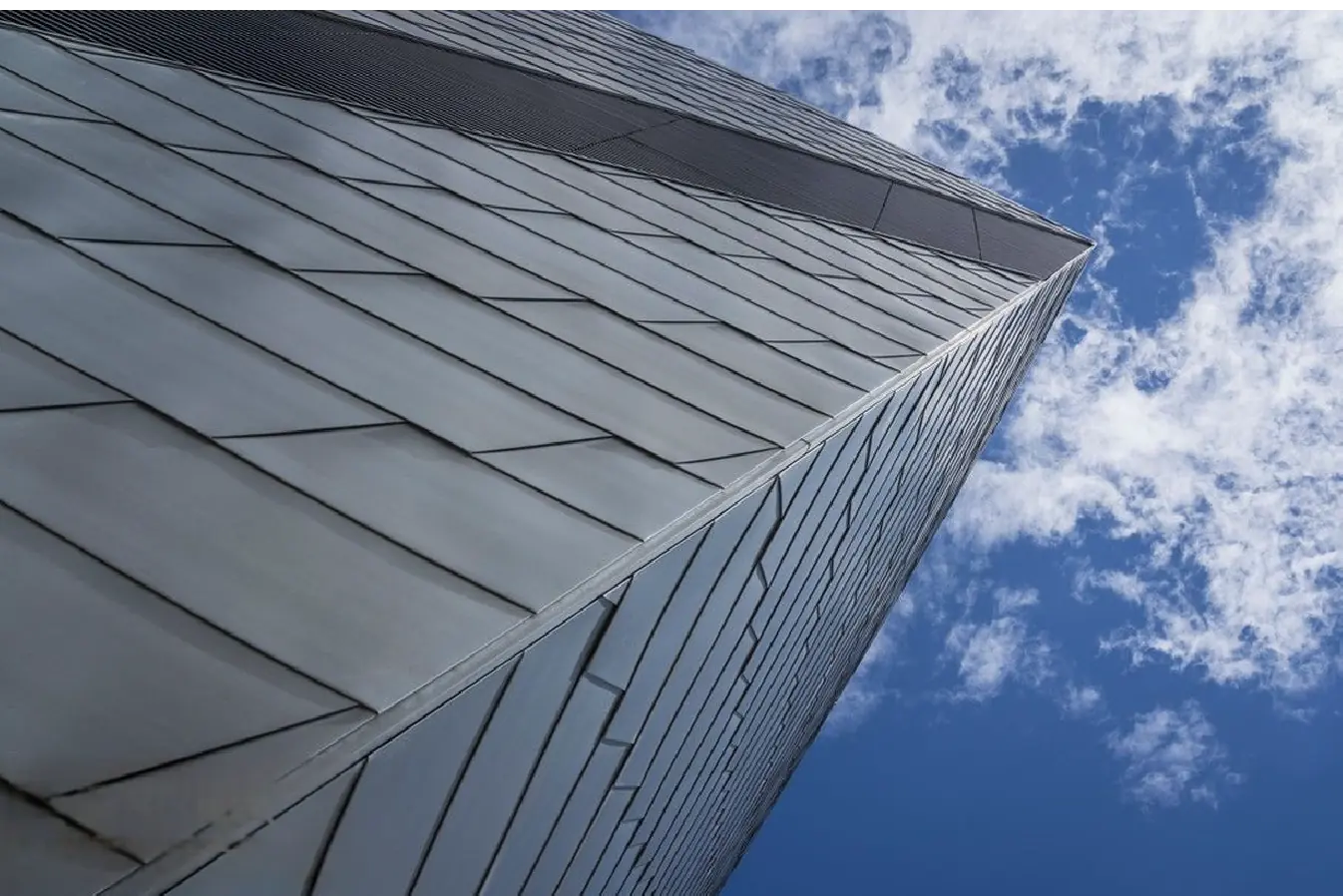
Part of being a responsible partner is being transparent about a product's limitations. At MFY, we build trust by ensuring our clients select the right material, even if it means recommending a different grade. The value of 201 stainless steel is unlocked only when it is used appropriately. Ignoring its limitations is a recipe for failure, leading to costly replacements and reputational damage. The most critical factor to understand is its susceptibility to certain types of corrosion, which stems directly from its lower nickel and chromium content compared to the 300 series.
Understanding Corrosion Resistance
The chromium in stainless steel forms a passive, invisible layer of chromium oxide on the surface, which protects the iron from rusting. While 201 has sufficient chromium for general purposes, the lower percentage makes this protective layer more vulnerable to breakdown, especially in the presence of chlorides (like salt water or de-icing salts) and certain acids. This can lead to localized corrosion, such as pitting or crevice corrosion, which can compromise the integrity of the material over time. This is why we would never recommend 201 for a coastal construction project or for equipment used in chemical processing plants.
Fabrication and Weldability
While 201 has good formability, it does work-harden more rapidly than 304. This means that during fabrication processes like deep drawing or stamping, it might require more powerful equipment or intermediate annealing steps. In terms of welding, it can be welded using common techniques, but the heat-affected zone can be more susceptible to intergranular corrosion[^2] if not handled properly. Using the correct filler metals and post-weld cleaning procedures is crucial for maintaining the integrity of the weld joint.
| Environment / Application | Use 201 Stainless Steel? | Rationale |
|---|---|---|
| Indoor Decorative Trim | Yes | Protected, dry environment. Aesthetics and cost are key. |
| Commercial Kitchens | Yes | Regular cleaning, no harsh chlorides. Durable and cost-effective. |
| Coastal/Marine Hardware | No | High chloride (salt) exposure will cause rapid pitting corrosion. |
| Chemical Storage Tanks | No | Requires superior resistance to a wide range of corrosive agents. |
How can industries optimize the use of 201 stainless steel for maximum cost-effectiveness?
You want to maximize savings but don't know where to start. It feels complex. Strategic material selection and partnering with the right supplier is the straightforward solution.
Industries can optimize by conducting a thorough application analysis to match the material to the environment, focusing on proper finishing and maintenance, and partnering with a knowledgeable supplier like MFY to ensure quality and proper grade selection.
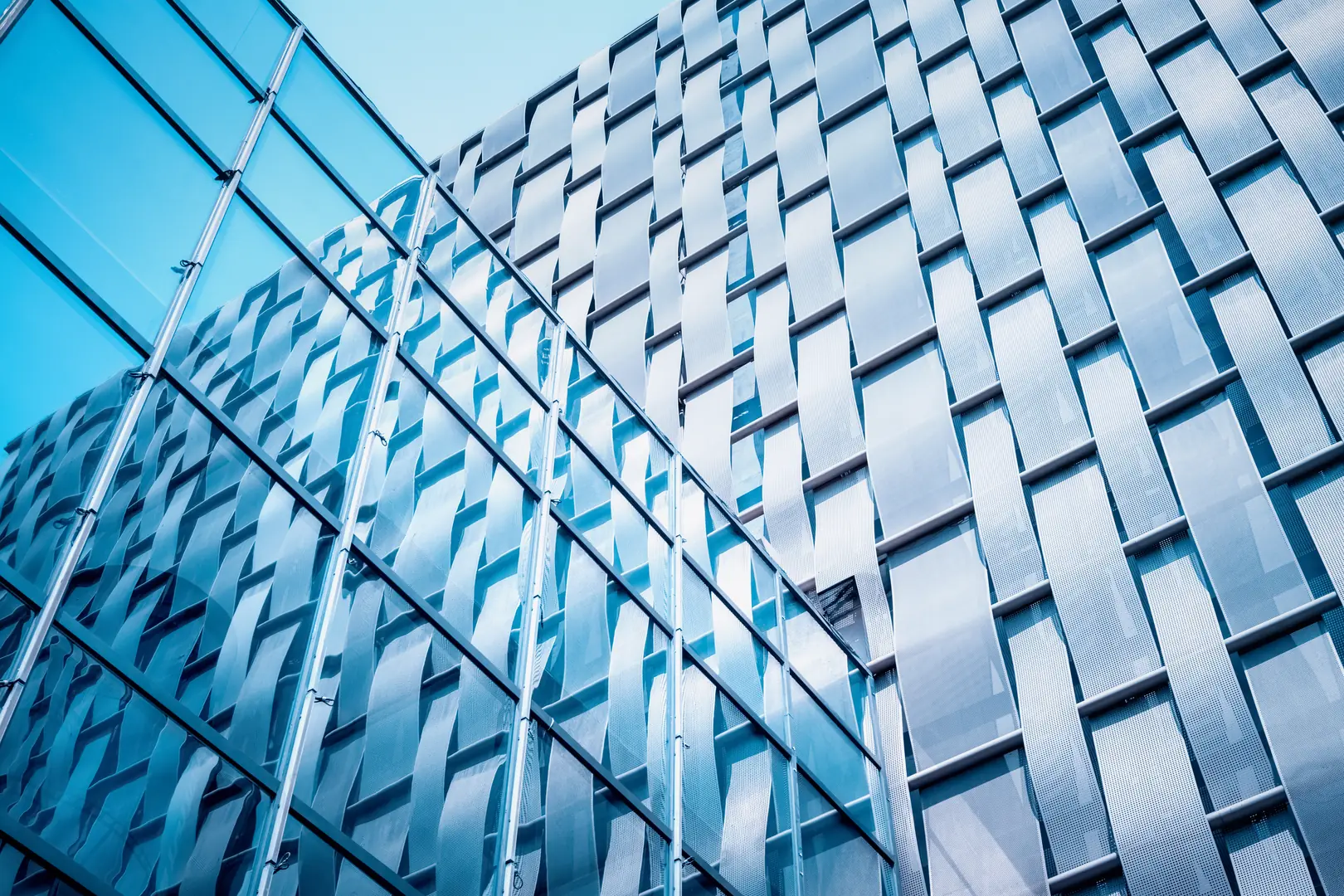
Achieving maximum cost-effectiveness with 201 stainless steel isn't just about buying the cheaper material; it's about implementing a holistic strategy. It starts with design and engineering and extends all the way through the supply chain and product lifecycle. As a supplier, we see our role as more than just delivering coils or sheets. We are consultants who help our partners make smarter, more profitable decisions. This involves a deep dive into the end-use of the product to ensure 201 is not just a viable option, but the optimal one.
Strategic Sourcing and Quality Assurance
Not all 201 stainless steel is created equal. The first step in optimization is partnering with a supplier who guarantees consistent quality. At MFY, our integrated supply chain gives us complete control over the material's chemical composition and mechanical properties. This is critical because deviations can affect performance and fabricability. A reliable partner provides material certifications and can advise on the best finish (e.g., 2B, BA, No. 4) for your specific application, which can enhance both aesthetics and performance.
Design for Manufacturing and Lifecycle
Engineers and designers can play a huge role. By understanding the properties of 201, they can design parts that minimize work-hardening during forming. They can also specify proper cleaning and maintenance protocols for the end-user, which can significantly extend the product's life, even in borderline environments. For example, regular cleaning to remove corrosive deposits can allow 201 to perform well in applications where it might otherwise be borderline.
| Optimization Action | Description | Benefit |
|---|---|---|
| Application Review | Thoroughly analyze the end-use environment for moisture, chemicals, and chlorides. | Prevents costly failures from misapplication. |
| Partner with Experts | Work with a supplier like MFY who understands the material's nuances. | Ensures consistent quality and technical support. |
| Specify Correct Finish | Choose a surface finish appropriate for the application's aesthetic and cleaning needs. | Improves appearance and long-term performance. |
| Educate End-Users | Provide clear instructions on proper cleaning and maintenance. | Extends product lifespan and maintains customer satisfaction. |
Conclusion
201 stainless steel is a powerful tool for cost optimization when used correctly. By understanding its composition, ideal applications, and limitations, you can leverage this material to gain a significant competitive edge without sacrificing quality where it matters most.
Have Questions or Need More Information?
Get in touch with us for personalized assistance and expert advice.
